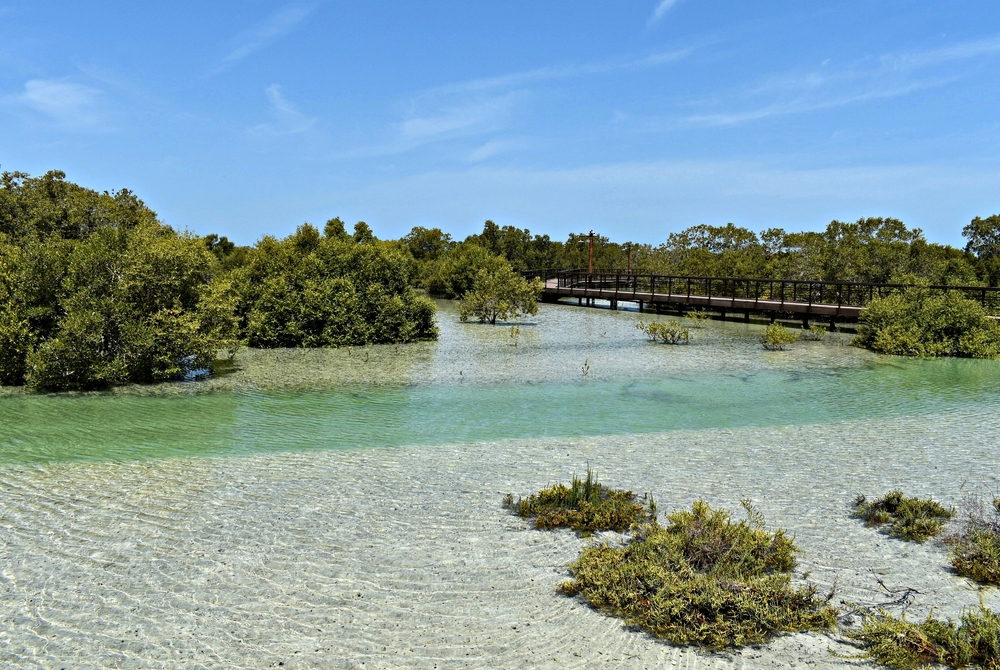The United Arab Emirates (UAE), known for its rapid urban development and modern infrastructure, is also home to a growing number of protected areas, including one designated national park: Mushrif National Park in Dubai. While the UAE has a rich network of reserves and conservation areas, UAE National Parks are relatively limited but play an essential role in conserving the country’s unique desert ecosystems and wildlife. National parks in the UAE are vital for preserving biodiversity, promoting eco-tourism, and raising awareness about the importance of environmental conservation.
Mushrif National Park, located in Dubai, is one of the oldest and most well-known parks in the UAE. Spread over 1,300 acres, the park provides a mix of natural landscapes and recreational facilities. It protects the ghaf tree woodlands, which are an important part of the desert ecosystem, offering habitat for wildlife such as desert foxes, hare, and a variety of bird species. Mushrif Park is a popular destination for both locals and tourists, offering eco-friendly recreational activities and nature trails that showcase the country’s desert flora and fauna.
Despite its importance, UAE National Parks face several challenges, including urbanization, which can lead to habitat fragmentation, and climate change, which intensifies desertification and water scarcity. Additionally, pollution and the impact of rapid development pose threats to the delicate ecosystems found within the national parks.
Efforts are ongoing to strengthen conservation initiatives, expand protected areas, and promote sustainable tourism in national parks in the UAE. The government has been working to raise environmental awareness and involve local communities in conservation efforts. With increased focus on protecting its natural heritage, the UAE aims to balance development with environmental sustainability, ensuring the preservation of its unique desert landscapes and wildlife for future generations.












































































